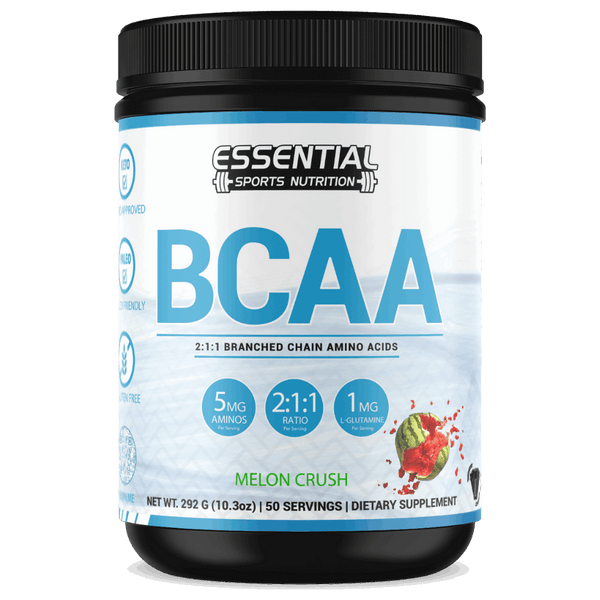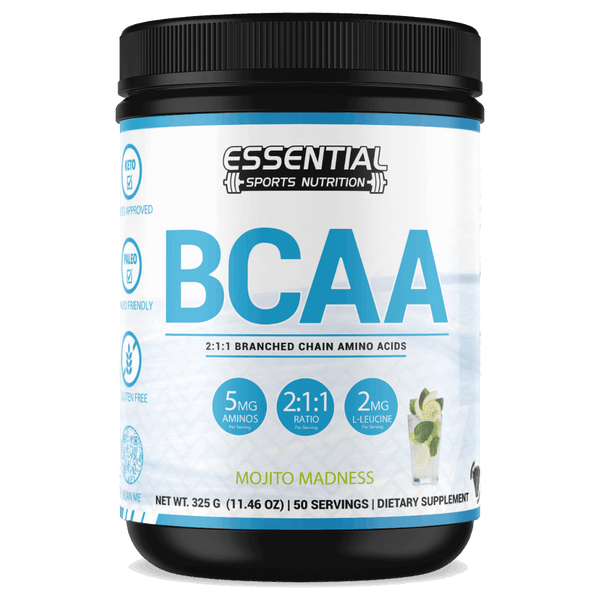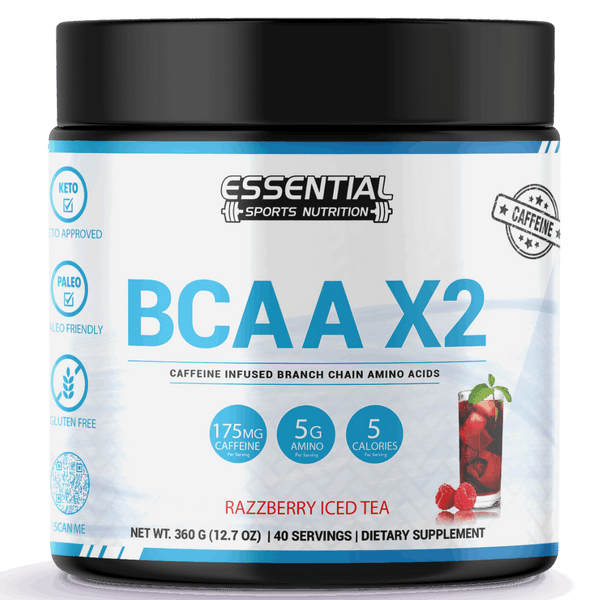Best Bodyweight Biceps Exercises for Killer Home Workout
You can build your biceps effectively with simple bodyweight exercises. Start with chin-ups; they're great for targeting both your biceps and back. If you're looking for variety, try inverted rows and towel curls, which focus on horizontal pulling and add resistance, respectively. To mix things up, incorporate isometric chin-up holds to build endurance. Remember, varying your grip during these exercises, like underhand to overhand, engages different muscle fibers, promoting balanced growth and preventing plateaus. Consistently challenge yourself by increasing time under tension and experimenting with advanced variations like rotational grips. There's plenty more to explore that will energize your workout routine.

Key Takeaways
Chin-ups primarily target biceps and enhance back muscle strength.
Inverted rows focus on biceps and back through horizontal pulling movements.
Towel curls utilize a towel for resistance, isolating the biceps.
Isometric chin-up holds increase bicep strength and endurance by maintaining a static position.
Incorporating rotational grips in exercises adds complexity and stimulates bicep muscle fibers effectively.
Essential Biceps Bodyweight Exercises

Let's explore some essential bicep exercises that enhance your strength and muscle definition without gym equipment. First, chin-ups are a powerhouse for developing your biceps and back muscles. Pulling yourself up is targeting your upper body and boosting your overall strength. Remember, engaging your biceps throughout the movement to maximize gains is key.
Next, try inverted rows. This exercise emphasizes horizontal pulling, which specifically works your biceps and back. Set up beneath a sturdy table or bar, pull yourself up while keeping your body straight, and feel the burn in those biceps.
For a twist on traditional workouts, incorporate towel curls. Grab a towel, loop it over something stable, and use it like a resistance band. This exercise allows you to adjust the tension and really focus on squeezing your biceps at the top of each curl.
Don't underestimate planks; they're not just for your core. Holding a plank position challenges your biceps to stabilize your body, enhancing core stability and arm strength.
Lastly, isometric chin-up holds can greatly boost your strength. Hold yourself at the chin-up bar's peak position and engage your biceps intensely without movement. This static hold builds both strength and endurance.
Advanced Variations of Bodyweight Workouts
If you're ready to push your limits, consider incorporating Challenging Grip Switches into your routine; they'll test your agility and strength in exciting new ways. Elevated Plank Curls are another dynamic option that not only intensifies bicep curls but also engages your entire core, amplifying the benefits of your workout. These advanced variations will keep your training fresh and your muscles constantly adapting.
Challenging Grip Switches
Incorporating challenging grip switches in your routine can engage different muscle fibers and intensify your workout to maximize your bicep development. Here are four ways to mix up your grip during bodyweight biceps exercises:
Standard to Wide Grip: Start with a standard grip on a bar or edge, then switch to a wider grip midway to challenge different parts of the biceps.
Underhand to Overhand: Alternate between underhand and overhand grips to target various biceps muscle fibers and enhance muscle stimulation.
Rotational Grips: Rotate from a palm-up to a palm-down position to add complexity and prevent plateaus in your bicep workouts.
Offset Grip: Shift your hands to different positions on the bar to increase intensity and promote continuous muscle growth.
These grip variations will certainly elevate the effectiveness of your training regimen.
Elevated Plank Curls
Elevated plank curls often take your bicep training to new heights by intensifying the challenge and engaging more muscle groups simultaneously. By raising either your hands or feet, you introduce more resistance to your biceps and demand greater stability from your core. This helps sculpt your biceps and fortifies your core strength and stability.
Here's a quick guide to get you started:
| Position | Focus Area | Benefits |
|---|---|---|
| Feet Elevated | Biceps & Core | Increases intensity |
| Hands Elevated | Biceps & Stabilizers | Enhances form and resistance |
| Alternating | Biceps, Core, Balance | Improves stability |
Workout Progressions and Progress
As you progress through bodyweight bicep workouts, gradually increasing reps and sets will greatly enhance muscle growth. To maximize your results and avoid hitting plateaus, consider the following strategic progressions:
Increase Time Under Tension: Aim for 40-70 seconds per set. Slow down your movements, especially during eccentric contractions where you lower your body slowly to maximize muscle tear and subsequent growth.
Incorporate Isometric Holds: Hold your position for a few seconds at the peak of each movement, such as during a standing bicep curl. This pause can intensify the workout and stimulate additional muscle fibers.
Vary Your Grip Positions: Altering how you grip during exercises like curls can target different parts of your biceps, ensuring balanced growth and reducing the risk of muscle imbalances.
Rotate Your Exercises: Regularly change your routine every few weeks to keep the muscles guessing and growing. Include exercises like standing bicep curls to diversify the stress placed on your biceps.
Measuring Your Progress
To gauge your bicep growth effectively, regularly measure their circumference with a tape measure. This straightforward method helps you monitor growth and guarantees that your bodyweight exercises are paying off. Document these measurements in your workout journal to see your progress over time.
In addition to measuring bicep circumference, taking progress photos is a powerful tool for visual assessment. These photos offer a clear visual representation of changes in muscle development and body composition. Place them side by side to really see how far you've come.
Here's a simple table to help you track these key metrics:
| Metric | Description |
|---|---|
| Bicep Circumference | Track weekly with a tape measure. |
| Progress Photos | Take monthly to visually assess muscle changes. |
| Workout Journal | Record daily exercises, reps, and improvements. |
Don't forget to note strength improvements. For instance, increasing the number of chin-ups or pull-ups you can perform directly indicates your growing muscle strength. Together, these elements will give you a thorough overview of your muscle development through your dedication to bodyweight exercises. Keep pushing forward, and you'll continue to see results.
Daily Exercise Tips

To maximize your bicep growth, you'll want to stay within the ideal repetition range, typically 8-12 reps per set. You should also employ a progressive overload strategy, gradually increasing the challenge by adding more sets or reps as you get stronger. This approach guarantees you're continuously pushing your muscles to grow and improve.
Optimal Repetition Range
Understanding the ideal repetition range for bodyweight bicep exercises, typically between 10-25 reps, can greatly enhance your muscle endurance and definition. Here's why sticking to the best rep range is vital for your bicep workout:
Muscle Endurance: Higher rep ranges, around 20-25, boost your stamina and help maintain muscle activity longer.
Muscle Definition: Consistent repetition within this range sharpens the shape and tone of your biceps.
Strength: Lower rep ranges with pauses or slow speeds enhance strength and muscle growth.
Well-Rounded Workout: Incorporating isometric contractions adds variety, targeting your biceps more effectively.
Progressive Overload Strategy
Building on the ideal repetition range, you'll want to gradually increase the challenge in your daily bicep workouts through a progressive overload strategy. Start by adding more reps, sets, or boosting the intensity of your bodyweight exercises. This method enhances your biceps' strength and stimulates substantial muscle growth. Always prioritize proper form and technique to guarantee each movement maximizes its effectiveness and minimizes the risk of injury.
Make sure to track your progress. This keeps you motivated and helps gauge whether it's time to intensify your routine. Don't forget to include rest days; they are essential as they allow your muscles to recover and grow stronger, ready for your next session's increased demands.
Common Mistakes to Avoid

Avoid swinging your body or using momentum during bicep exercises to guarantee you're fully engaging the right muscles. This guarantees that each repetition is as effective as possible, maximizing muscle growth and strength. Let's explore some important mistakes you should steer clear of to optimize your bicep workouts and prevent injury.
Critical Range of Motion: Always extend and curl your arms completely. Skipping out on the full range of motion cheats you of total muscle engagement and the full benefits of the exercise.
Lack of Control: Maintain control throughout your exercise. Rushing through reps not only reduces effectiveness but also increases your risk of strain or injury.
Improper Form: This includes incorrect hand placement and excessive arching of your back. Proper form is essential to correctly target the biceps and avoid unnecessary stress on other parts of your body.
Using Incorrect Resistance: Don't rely on your body's momentum to perform movements; it can lead to swinging, reducing muscle engagement and effectiveness. Always focus on moving with deliberate intent.
Conclusion

Now that you've got the tools think of your biceps as clay in a sculptor's hands—ready to be shaped and strengthened. Remember to weave in those essential exercises, play around with advanced variations, and steadily progress. Keep your daily routine consistent, dodge those common pitfalls, and regularly measure your gains. Stay motivated, stay precise, and watch as your efforts mold your biceps into well-defined artworks. Keep pushing, you're on the brink of greatness!
Best Bodyweight Bicep Exercises FAQs
Q: What are the best bodyweight exercises for biceps?
A: Some of the best bodyweight exercises for biceps include chin-ups, inverted rows, and suspension trainer biceps curls.
Q: How can I train my biceps without using dumbbells?
A: You can train your biceps using bodyweight exercises such as chin-ups, pull-ups, and inverted rows.
Q: What is the proper form for a bodyweight biceps curl?
A: To perform a bodyweight biceps curl, start by hanging from a bar with palms facing you, then pull yourself up until your chin is above the bar, focusing on engaging your biceps.
Q: Are there any bodyweight bicep workouts at home I can do?
A: Yes, you can do bodyweight bicep exercises at home, such as chin-ups, inverted rows, and suspension trainer biceps curls.
Q: How can I grow my biceps using only my body weight?
A: To grow your biceps using bodyweight exercises, focus on movements that target the biceps, such as chin-ups, pull-ups, and suspension trainer biceps curls.
Q: What are the benefits of incorporating bodyweight bicep exercises into my workout routine?
A: Bodyweight bicep exercises help build muscle, increase strength, and improve overall fitness without the need for equipment like dumbbells or machines.
Q: Can Bodyweight Exercises Build Biceps?
A: Absolutely, you can build your biceps with bodyweight exercises! They're great for targeting muscle fibers through various movements and increasing time under tension, all from the comfort of your own home.
Q: How Can I Build My Biceps Without Weights?
A: Try chin-ups, inverted rows, and isometric holds to build your biceps without weights. Incorporate resistance bands and towel curls for variety and challenge. Focus on form and consistency for best results.
Q: Do Pushups Build Biceps?
A: Pushups engage your biceps as stabilizers but are not the primary focus. For better bicep growth, combine them with exercises targeting your biceps directly. Keep pushing; you're on the right track!
Q: How do you Build Biceps at Home?
A: Focus on exercises like chin-ups and inverted rows to build biceps at home. Increase your reps and sets, and regularly change your routine to prevent plateaus and maximize muscle growth. Stay consistent!























